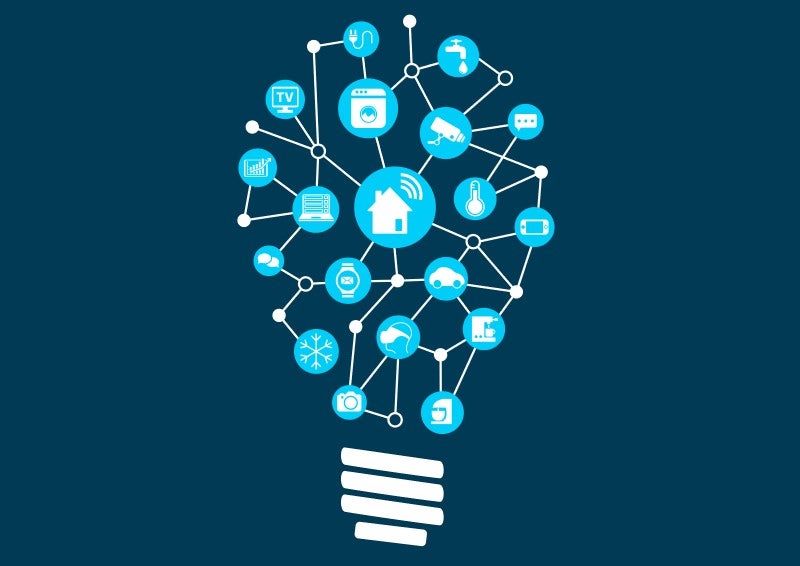South Korean researchers have successfully tested a new method of wireless power transmission through infrared light. Researchers were able to wirelessly transmit power across 30 meters to light an LED light.
This new system marks the beginning of the end for charging devices with stationary hardware. Imagine your home or office without any wires – this new technology could be a breakthrough in actual wireless charging systems for mobile devices and internet of things (IoT) sensors
How well do you really know your competitors?
Access the most comprehensive Company Profiles on the market, powered by GlobalData. Save hours of research. Gain competitive edge.

Thank you!
Your download email will arrive shortly
Not ready to buy yet? Download a free sample
We are confident about the unique quality of our Company Profiles. However, we want you to make the most beneficial decision for your business, so we offer a free sample that you can download by submitting the below form
By GlobalDataHow does the system work?
This revolutionary technology is highly appealing to investors due to its simple and compact design. Developed at Sejong University, the system relies on a transmitter that emits the infrared beam and a receiver that converts it to electrical power. The impressive 30m separation between the transmitter and receiver can then be achieved at a 360-degree angle, covering the range of most home and office spaces. Additionally, its receiver is only 10mm x 10mm in size, which could easily be installed in any mobile device.
Importantly, the safety of the system was also tested and concluded to be safe when in contact with the human eye or skin. This was tested by putting a human hand in front of the transmitter, at which point, the system goes into a low-power mode.
Leaving stationary hardware behind
Throughout the years, Apple, Samsung and other leading smartphone manufacturers have released several iterations of ‘wireless’ chargers to accompany their latest smart products. However, this new method of transferring power has the potential to truly revolutionise the market by providing a hands-free alternative to existing charging systems. Current wireless chargers rely on induction-based connectivity, which fails to eliminate the stationary element of charging systems. Infrared light, alongside other tested methods, such as microwave power transfer systems (MPTS), are emerging technologies that will enable a truly wireless future.
See Also:
According to GlobalData, the automated home market is projected to reach £75bn ($87.8bn) by 2025. Industry leaders Alibaba, Amazon and Google will be keen to incorporate this new technology into their existing automated speakers, Tmall Genie, Echo and Nest, respectively. The new technology will complement their holistic approach to automating the home.
From automated homes to smart cities
If it is possible to wirelessly charge devices within the home through infrared light, could we expand it to the urban sphere? In theory, a transmitter can be installed anywhere and provide wireless charging to a receiver within range. Electricity and telecommunications companies will consider the possibility of a future where electricity grids are utilised to charge mobile devices. In this future, the consumer will be able to charge their devices anywhere for an additional price added to their monthly bill.
Additionally, interest in this new technology has also emerged in the electric vehicle (EV) market. In China, researchers are studying the possibility of wirelessly charging EVs using bus routes in urban areas. More practically, EV manufacturers may even be able to transform their existing parking lot charging stations to become wireless.
Needed improvements
Despite the optimism, the South Korean researchers warn that improvements to the new infrared system are necessary. They continue to work on enhancing the transmitter’s efficiency and developing a way to use the system simultaneously on multiple receivers. Further research is also required in attaching a battery to the receiver to create a charging system.
Whether inside or outside the home, this new technology will alter the consumer experience with smart products. Therefore, investors will be increasingly alert to laboratory developments in the transmission of power wirelessly.











Related Company Profiles
Apple Inc
Google LLC
Ali Baba
Sejong University
NEST